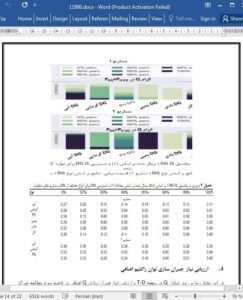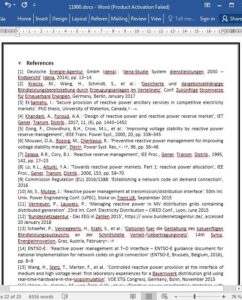Abstract
This study introduces a grid planning approach for reactive power management at the transmission–distribution interface with the support of distributed generators (DGs). The main research question is: can reactive power management with DGs provide controllable reactive power with a very high availability and can this reduce or avoid the demand for additional reactive power compensators in a distribution grid section (e.g. mechanically switched compensators)? Therefore, an availability analysis of reactive power support is performed for different generation types at the distribution level, like hydro, thermal, wind and photovoltaic power plants. For the investigated case study of a real German distribution grid, reactive power management with the support of DGs could relevantly reduce the demand for additional reactive power compensation devices. However, the effectivity of DGs for reactive power support strongly depends on the applied grid planning rules and requirements at the transmission–distribution interface.
1 Introduction
Increased transport distances and the expansion of transmission capacities will increase the reactive power (Q) demand in the German transmission system significantly until the year 2030 [1]. Furthermore, the number of large conventional power plants, which are nowadays still a major reactive resource, will decrease within the next years in the German transmission system and new reactive resources will be required. In [1, 2] it is noted, that the overall reactive range in the transmission system will increase, and hence underexcited and overexcited [In this paper, the term underexcited operation describes a reactive import/consumption of a grid section or a distributed generator (DG), similar to a shunt inductor. The term overexcited operation describes a reactive export/generation of a grid section or a DG, similar to a shunt capacitor.] compensation equipment might be required, depending on the particular generation and demand behaviour and the respective grid locations. Different additional reactive resources are discussed in [1], such as the installation of additional Q compensators (e.g. static Var compensators), the use of planned high-voltage (HV) direct current converter stations or the utilisation of DGs connected to the distribution level.











